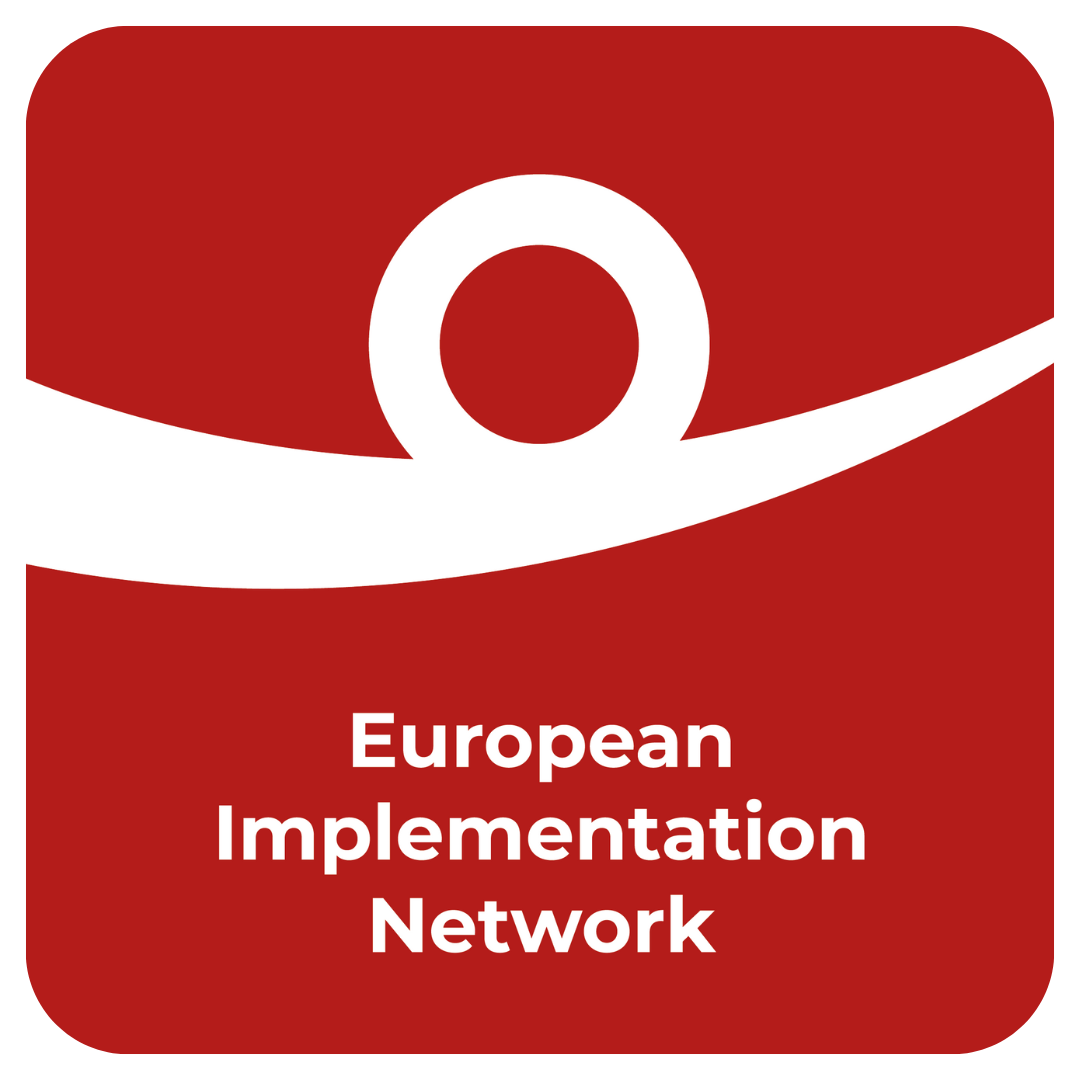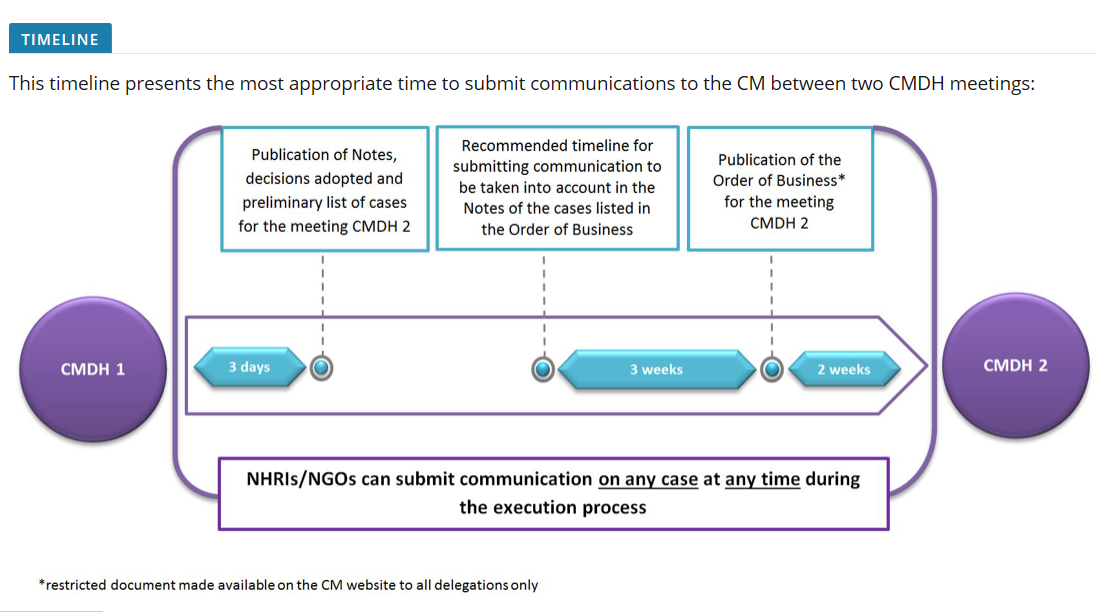New Council of Europe Webpage on the Implementation Process
/The Council of Europe’s Department for the Execution of Judgments has launched a new webpage, to inform NGOs/NHRIs about how to engage with the implementation monitoring process. Previously there was no accessible information published by the Council of Europe about the existence of the Rule 9 system and how it should be used. EIN saw this as a barrier to NGO/NHRI engagement with the process. The new webpage is a direct result of advocacy efforts by the network’s secretariat, which called for this resource.
The webpage provides information about the basic principles of the execution process, tips for drafting submissions, and some guidance on timing. It provides a useful overview on these issues and some informative guidance. It is particularly helpful to have such information on the institution’s website, so that newcomers to the execution process see that their contributions are welcomed and facilitated by the institution. For more extensive information on these topics, we would direct readers to EIN’s quick guide to writing submissions and our Handbook.
The new website also contains an RSS feed that users can sign up to, in order to get updates about cases involving a particular country. If you would like to stay informed about developments in cases relevant to you -which is vital for any engagement with the implementation monitoring process - we encourage you to use this helpful resource.
A note on timings
When it comes to submitting Rule 9s, the question of timing is an important one. It is welcome that the new Council of Europe webpage does address this issue. However, it concentrates only on one aspect of the timing question, which is the timetable for the enhanced procedure.
In our experience, there are four important things to bear in mind when it comes to the timing of NGO submissions.
1) First and most importantly, it is best for NGOs/NHRIs to make their first submission on any type of case is as early as possible. This could either be in response to a government’s first Action Plan, or maybe even before in order highlight the scope of the case and the need for certain reforms. Early submissions will give you the best chance possible to shape the implementation process.
2) Rule 9s should be made on an ongoing basis either in response to government communications (or indeed lack of them) or to draw attention to new developments. Ideally, this monitoring of government activities should carry on independent of the Committee of Ministers schedule.
3) Cases under the standard procedure are not reviewed by the Committee of Ministers (they are instead dealt with by the Department for the Execution of Judgments). For cases under the standard procedure, the CM’s review schedule should not determine the timing of submissions.
4) Cases under the enhanced procedure are reviewed by the Committee of Ministers, which holds meetings to address certain cases on a quarterly basis. If NGOs/NHRIs wish for the submissions about such cases to be taken into account by the Committee of Ministers, the submissions must be sent in six weeks before the meeting in which the relevant case is scheduled to be debated. This will allow for information included in submissions to be taken into consideration by the DEJ when preparing the briefing notes provided to the Committee of Ministers.
The new Council of Europe website currently addresses number (4) of these points. However, it does not address the first three. The EIN secretariat is currently in discussions with the Council of Europe in the hope of addressing this.

